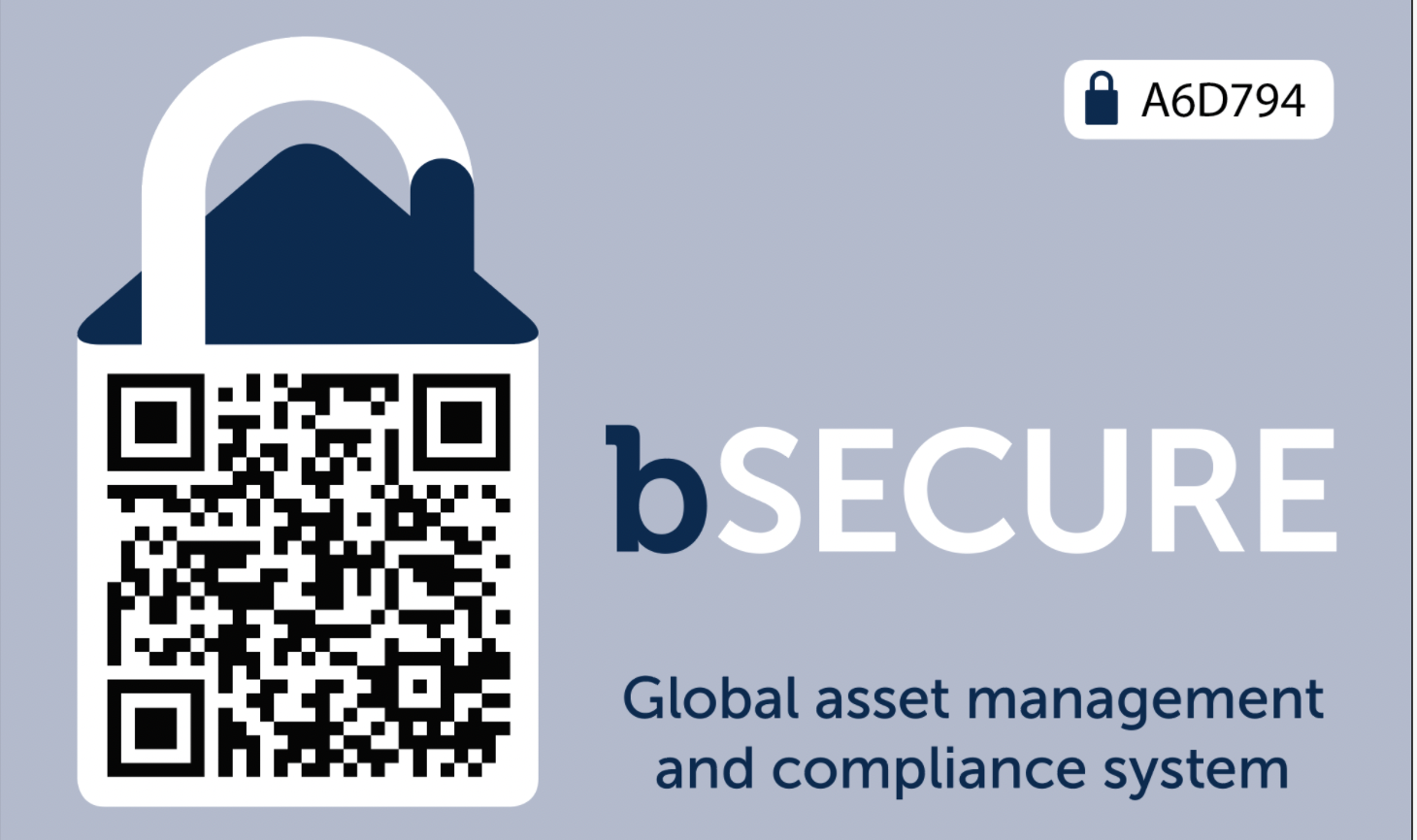
What is needed to make effective management of commercial building information possible?
If you’re a commercial property stakeholder or regulator, I’m sure this is a question you’ve asked yourself regularly.
Although each state jurisdiction has legislation and guidance practice notes for property stakeholders on what needs to be done to comply, they do not provide any real specification on how or what whole of life building information is retained.
Building control legislation in most state jurisdictions mandates responsibilities for maintaining current whole of life building records to local government (enforcement agencies).
The recent combustible building cladding situation has highlighted that the jurisdiction frameworks have been ineffective due to a disconnect between building information created during construction projects and how and what needs to be retained by who.
Retaining everything and making it accessible when needed must happen
Various jurisdiction legislation throughout Australia requires building approval/ design documentation and constructed information to be retained by the local council, the enforcement agency. Similarly, so should owners corporation/ property owners, real estate sector. Enforcement agencies may hold large archives containing information about a building, but there is not generally any form of building information management to determine what is current or is no longer relevant.
The inability of state government building control organisations to gather sufficient building information to address the combustible cladding situation from local government to target an audit program is a case in point.
The amount of current building information not readily available from enforcement agencies made it necessary to implement costly state-wide audit programs with negative ramifications on real estate stakeholders.
Real estate stakeholders may only be required to keep construction and building information for a period of 10 years. In the 10-year period, two situations may occur, meaning the building information is lost, i.e, it is just lost or change of ownership or management and the information is not handed over.
In simplistic terms, on a national scale, what can be the solution to this type of building information problem, what benefits could a solution bring?
So, what is missing today?
- Consistency of state building legislation and approach to building control
- A source of truth with respect to building information, i.e, a facility accessible to enforcement agencies and real estate stakeholders for retention and update of all building information through its lifecycle.
What would be the future benefits?
- No recurrence of the state-wide or national crisis due to faulty materials or endemic design faults
- More effective enforcement of unsafe buildings
- Simplified yearly occupancy certification processes
- Efficiency gains across multiple sectors by improving asset lifecycle management capacity for construction, engineering, asset management, facility management, fund management and enforcement agencies.
In simple terms, all state difficulties could be improved with some innovation in building information management.
So, how can we help you?
Uptick is building Australia's largest property commercial database by allowing our customers to contribute information into the public domain like block plans, occupancy permits, maintenance schedules and Fire Engineering Reports.
Baseline data will be a core focus for building safety over the next 10 years and Uptick is doing our part to create this ecosystem via bSECURE.
Interested to discuss how you could effectively manage commercial building information?


